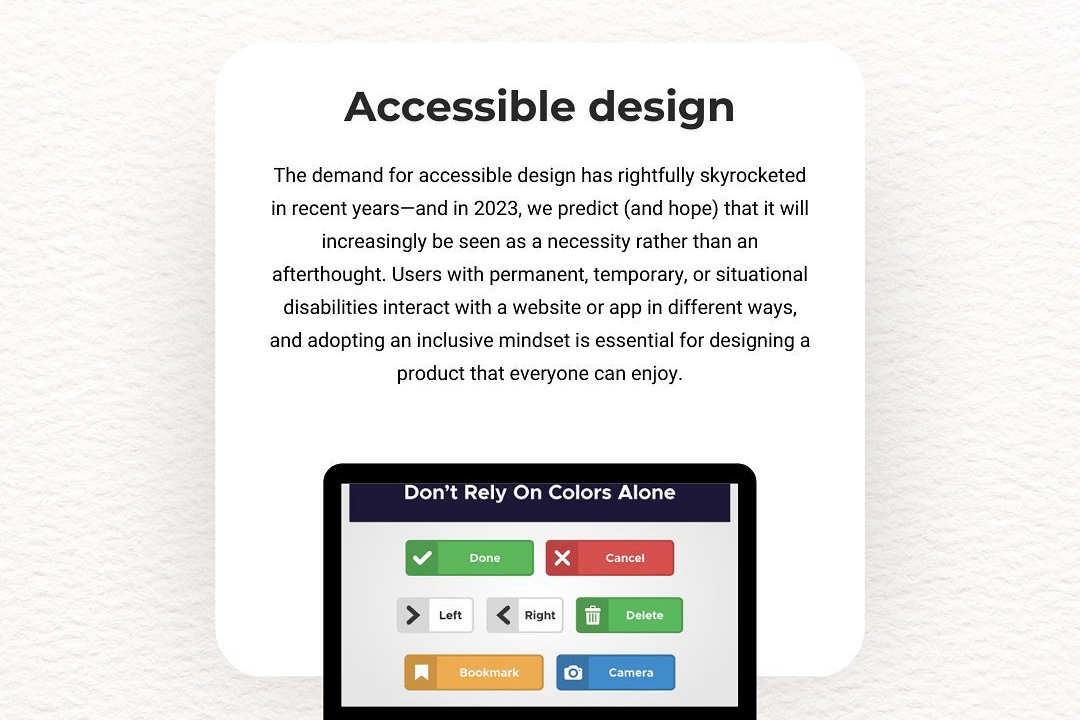Fibonacci Series Php Program
The Fibonacci Series PHP program is a script that generates a sequence of numbers where each number
Fibonacci Series Php Program
The Fibonacci Series PHP program serves as an essential example for understanding fundamental programming concepts such as loops, recursion, and sequence generation. It is useful for beginners to grasp how to implement algorithms that involve iterative and recursive logic, which are foundational in solving complex problems. Additionally, the Fibonacci sequence has practical applications in areas like algorithm optimization, financial modeling, and computational mathematics. Writing a Fibonacci program in PHP not only enhances coding skills but also demonstrates how mathematical sequences can be effectively modeled and manipulated within a programming language.
To Download Our Brochure: https://www.justacademy.co/download-brochure-for-free
Message us for more information: +91 9987184296
The Fibonacci Series PHP program serves as an essential example for understanding fundamental programming concepts such as loops, recursion, and sequence generation. It is useful for beginners to grasp how to implement algorithms that involve iterative and recursive logic, which are foundational in solving complex problems. Additionally, the Fibonacci sequence has practical applications in areas like algorithm optimization, financial modeling, and computational mathematics. Writing a Fibonacci program in PHP not only enhances coding skills but also demonstrates how mathematical sequences can be effectively modeled and manipulated within a programming language.
Course Overview
The ‘Fibonacci Series PHP Program’ course teaches learners how to generate Fibonacci sequences using PHP, covering both iterative and recursive methods. It provides practical coding skills, helping students understand sequence logic, loops, and recursion through real-world examples, enabling efficient implementation of algorithms in PHP.
Course Description
Learn to generate Fibonacci sequences in PHP with this course, covering iterative and recursive methods through practical coding examples for efficient implementation.
Key Features
1 - Comprehensive Tool Coverage: Provides hands-on training with a range of industry-standard testing tools, including Selenium, JIRA, LoadRunner, and TestRail.
2) Practical Exercises: Features real-world exercises and case studies to apply tools in various testing scenarios.
3) Interactive Learning: Includes interactive sessions with industry experts for personalized feedback and guidance.
4) Detailed Tutorials: Offers extensive tutorials and documentation on tool functionalities and best practices.
5) Advanced Techniques: Covers both fundamental and advanced techniques for using testing tools effectively.
6) Data Visualization: Integrates tools for visualizing test metrics and results, enhancing data interpretation and decision-making.
7) Tool Integration: Teaches how to integrate testing tools into the software development lifecycle for streamlined workflows.
8) Project-Based Learning: Focuses on project-based learning to build practical skills and create a portfolio of completed tasks.
9) Career Support: Provides resources and support for applying learned skills to real-world job scenarios, including resume building and interview preparation.
10) Up-to-Date Content: Ensures that course materials reflect the latest industry standards and tool updates.
Benefits of taking our course
Functional Tools
1 - PHP Development Environment: A robust PHP development environment is essential for writing, testing, and running Fibonacci series programs. This typically includes tools like XAMPP, WAMP, or MAMP, which package Apache, MySQL, and PHP together, providing a local server setup for seamless development. These tools help students simulate real world server environments on their personal computers, allowing for practical learning and troubleshooting. They enable students to execute PHP scripts, view outputs, and debug code efficiently, fostering a hands on understanding of how PHP interacts with web servers. Having a reliable environment reduces setup time and helps students focus on mastering the Fibonacci algorithm and related programming concepts.
2) Integrated Development Environment (IDE): IDEs like Visual Studio Code, PHPStorm, or Sublime Text provide a feature rich platform for coding in PHP. They offer advanced syntax highlighting, code completion, debugging tools, and version control integration, which significantly enhances the learning experience. Students can write cleaner code more efficiently, identify errors faster, and learn best coding practices through prompt feedback. Many IDEs support plugins and extensions tailored for PHP development, which introduce additional functionalities such as code linting and automated testing, making the training more comprehensive and professional.
3) Debugging Tools: Tools like Xdebug or built in IDE debuggers are crucial for learning complex programming concepts like recursion in the Fibonacci sequence. They allow students to set breakpoints, step through code line by line, examine variable states, and analyze the flow of program execution in real time. This in depth debugging process helps students understand how recursive and iterative Fibonacci algorithms work behind the scenes, and troubleshoot issues effectively. Learning to use debugging tools enhances problem solving skills and encourages a methodical approach to programming challenges.
4) Version Control Systems: Git and platforms like GitHub or GitLab enable students to manage their code versions systematically. Using version control, students can track changes, collaborate seamlessly with peers, and restore previous code states when necessary. This promotes disciplined coding practices and prepares students for real world software development environments. The ability to document development progress and handle multiple code branches is vital for teamwork on larger projects or extended Fibonacci series exercises.
5) Online Resources and Documentation: Official PHP documentation and coding tutorials serve as essential tools for independent learning. They provide detailed explanations of PHP functions, syntax, and best practices, equipping students with the knowledge to troubleshoot and extend their Fibonacci programs. Access to online forums like Stack Overflow allows learners to seek help from a community of developers, facilitating quick resolution of coding issues and fostering an environment of collaborative learning and continuous improvement.
6) Project Management and Collaboration Tools: Platforms such as Trello, Slack, or Microsoft Teams enable organized project workflows and effective communication among students and instructors. These tools help coordinate assignments, share code snippets, provide feedback, and track progress throughout the Fibonacci program training. By integrating project management into the learning process, students develop organizational skills and understand the importance of teamwork in software development projects. This holistic approach to tools ensures a comprehensive and engaging training experience.
7) Coding Practice Platforms: Online coding platforms like HackerRank, CodeSignal, or LeetCode provide specialized environments for practicing Fibonacci algorithms through real time coding challenges. These platforms offer instant feedback, a variety of difficulty levels, and competitive leaderboards, motivating students to refine their problem solving skills. Engaging with such platforms helps learners gain confidence, test different approaches (recursive vs iterative), and optimize their code for efficiency, which are critical skills in programming.
8) Learning Management Systems (LMS): An LMS like Moodle or Canvas can centralize course materials, assignments, quizzes, and progress tracking. Integrating an LMS into the Fibonacci programming course allows students to access all resources in one place, submit projects, participate in discussions, and receive timely feedback. This structured environment ensures consistent pacing of the coursework and enhances the overall learning experience.
9) Cloud Development Environments: Cloud based IDEs such as AWS Cloud9 or Replit enable students to code, execute, and collaborate from anywhere without the need for local setup. These environments are especially beneficial for remote training programs, providing scalable resources, real time collaboration, and easy sharing of code snippets and projects. They also facilitate exposure to cloud computing concepts relevant for deploying Fibonacci applications in production environments.
10) Code Review and Feedback Tools: Platforms like GitHub Pull Requests or Bitbucket facilitate peer code reviews and instructor feedback. Engaging in code reviews encourages best practices, code optimization, readability, and understanding of common pitfalls, particularly in recursive Fibonacci implementations. This collaborative review process fosters a deeper comprehension of algorithm efficiency and coding standards.
11 - Profiling and Performance Monitoring Tools: Tools such as PHP Profiler or Xdebug profiling features help students analyze the performance of their Fibonacci algorithms, especially for large input values. Understanding time and memory consumption enhances their ability to write optimized, scalable code. Learning to profile code introduces students to performance tuning, a valuable skill in software development.
12) Automated Testing Frameworks: Incorporating testing tools like PHPUnit allows students to create test cases for their Fibonacci functions. Automated testing ensures correctness, facilitates bug detection, and promotes test driven development practices. These skills are fundamental in professional software development, ensuring reliability and maintainability of code over time.
13) Educational Content and Video Tutorials: Supplementing coursework with curated video tutorials, webinars, and interactive quizzes enriches the learning process. Visual demonstrations of recursive versus iterative Fibonacci implementations help learners grasp complex concepts more intuitively, catering to different learning styles and enhancing retention.
14) Practical Deployment Tools: Introducing students to deployment environments such as local servers, Docker containers, or cloud platforms helps them understand how to deploy Fibonacci algorithms as web applications or APIs. Exposure to deployment processes prepares students for real world scenarios where code must be integrated into larger systems or made accessible over the internet.
15) Certification and Badge Platforms: Utilizing platforms that issue digital certificates or badges upon course completion incentivizes learners to achieve milestones. This recognition adds value to their portfolio, motivates continued learning, and highlights their proficiency in PHP programming and algorithm development, including Fibonacci series projects.
Browse our course links : https://www.justacademy.co/all-courses
To Join our FREE DEMO Session:
This information is sourced from JustAcademy
Contact Info:
Roshan Chaturvedi
Message us on Whatsapp: +91 9987184296
Email id: info@justacademy.co












